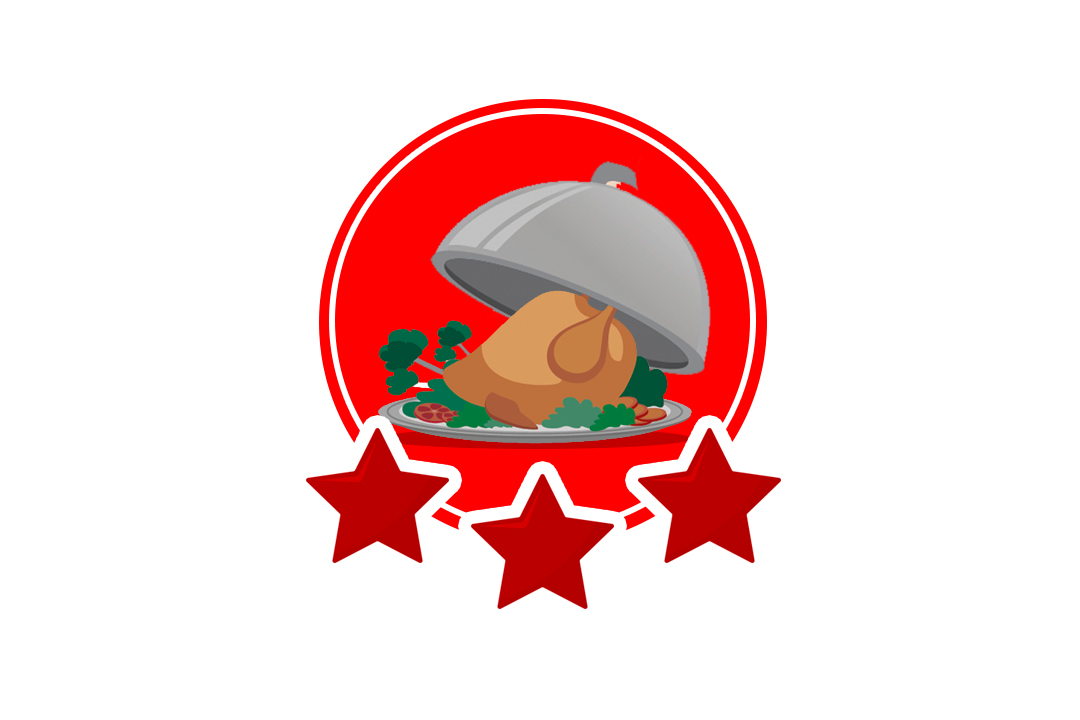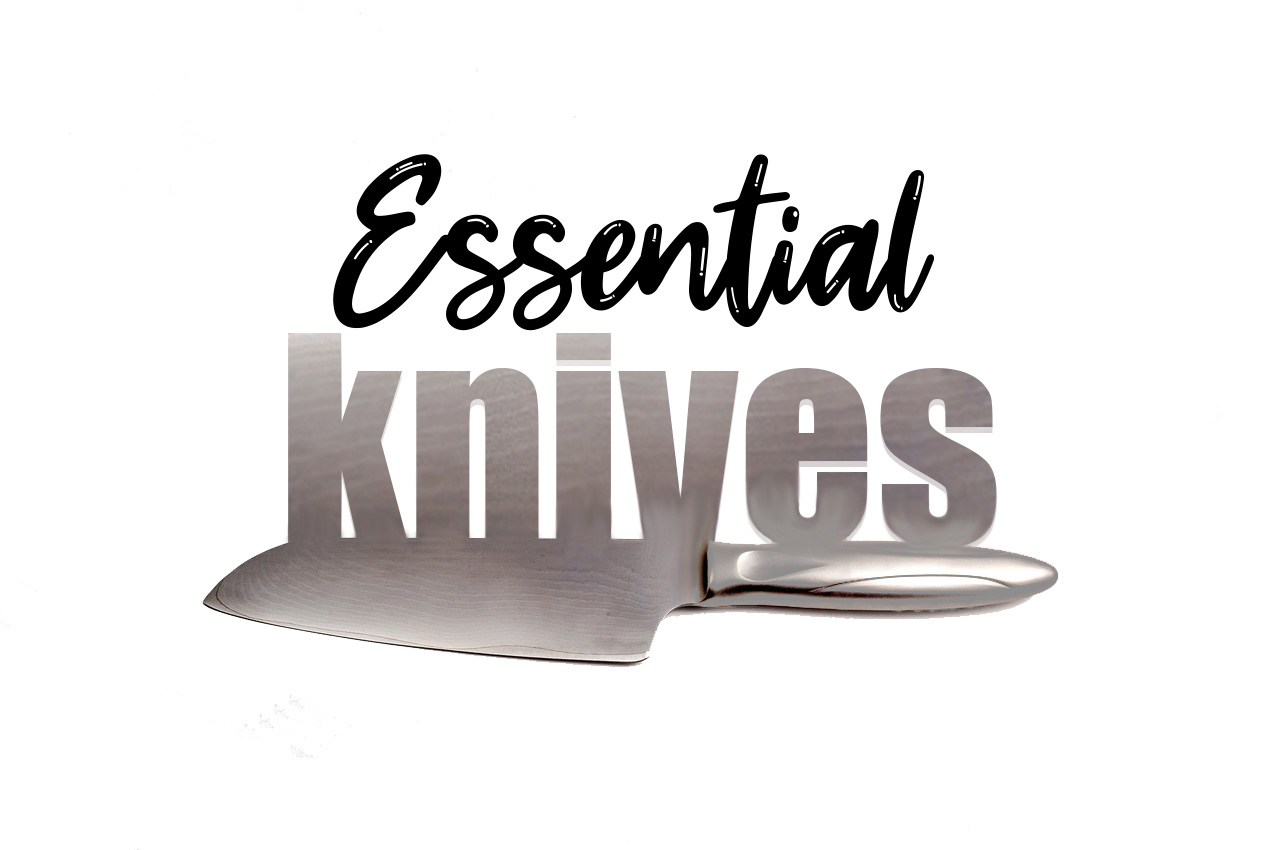
One of the most important tools in any kitchen, including a cruise ship galley, is a knife. But to be adept at your cruise ship job, it’s important to know how to distinguish between different types of knives and how to use them. Here are a few common ones.

This is the most common kitchen knife. Many chefs prefer having their own knives – they become comfortable with the weight, handling and versatility. These knives are most often between 8-10 inches long.
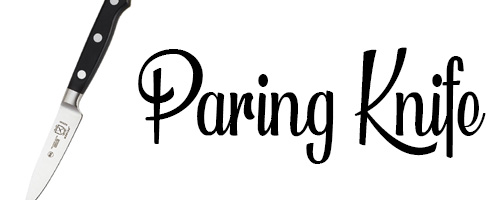
This is basically a smaller version of a chef’s knife, but not as hardy. A paring knife is used mostly for peeling fruit and vegetables and cutting with precision. Chefs use caution with a paring knife as too much force can damage it.

These special knives are between 6-10 inches long with serrations and an offset handle to ensure your knuckles avoid contact with the board when slicing bread. The serrated blade helps slice through loaves cleanly in both directions.
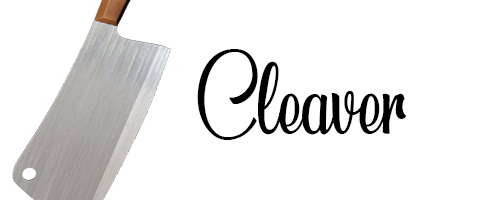
This is an important knife, particularly in the butchery section of a cruise ship galley. These are heavy and large to help cut through big chunks of meat, cartilage and hard bone. Some chefs also use cleavers to crush food such as garlic, but it’s important to clean knives thoroughly before using them with different food items.

Cheese is a popular food item around the world, and specialised knives are available to slice through different varieties. Soft cheeses require knives with holes so that their surface contact reduces and they don’t stick to the metal as much. Harder cheeses require sharper knives.
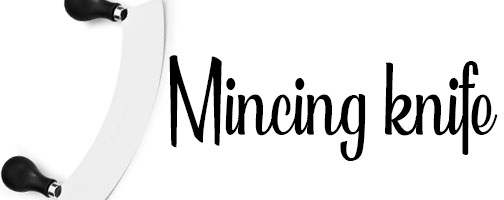
If you’ve watched cooking show host Nigella Lawson, you’ll notice she often brings out a semi-circular knife that helps her quickly chop ingredients quite finely. Held with both hands, chefs rock it back and forth to turn vegetables and herbs into small pieces with little work.

Most sushi and sashimi is made using yanagi ba, although specialised sushi chefs will use a number of different types when working with whole fish, cutting razor-thin slices of fugu blowfish with intricate presentation. The yanagi ba is long, thin and slightly concave along the back, with a sharp tip and single-sided edge which makes it perfect for slicing fish in a solid motion without it sticking to the knife. An usuba is used to cut and peel vegetables and garnishes. Its peculiarity is that it has a single bevel so left-handed chefs must get a left-handed version. A takobiki features a blunt tip and a long blade for thin, long slices of ingredients like sashimi and octopus. Other, more specialised, sushi knives are also available.
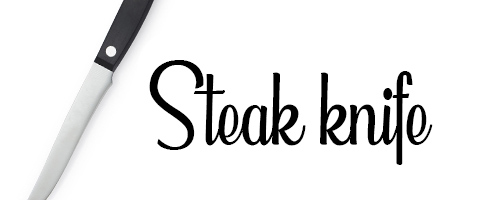
These knives are popular among diners too as they help slice through meat dishes at the table. Most often, they have serrated blades and wooden handles, and are the only sharp knife found at a dining table. At meal times, they are sometimes used by diners to cut up other cooked foods and also to spread butter.

With the festive season upon us, it’s important for soon-to-be cruise ship chefs to know the value of carving knives. These feature long blades narrower and thinner than a chef’s knife to reduce drag and ensure uniform slices of meat, particularly from whole roasted poultry, roasts and ham.


